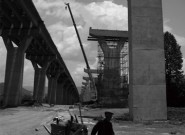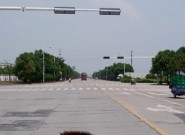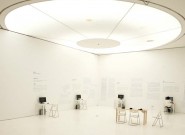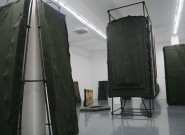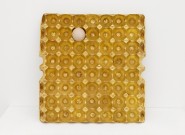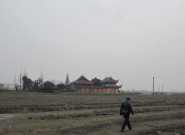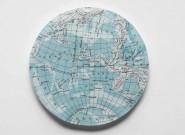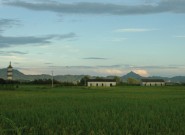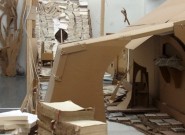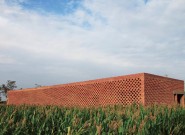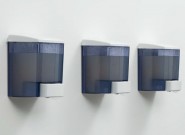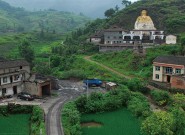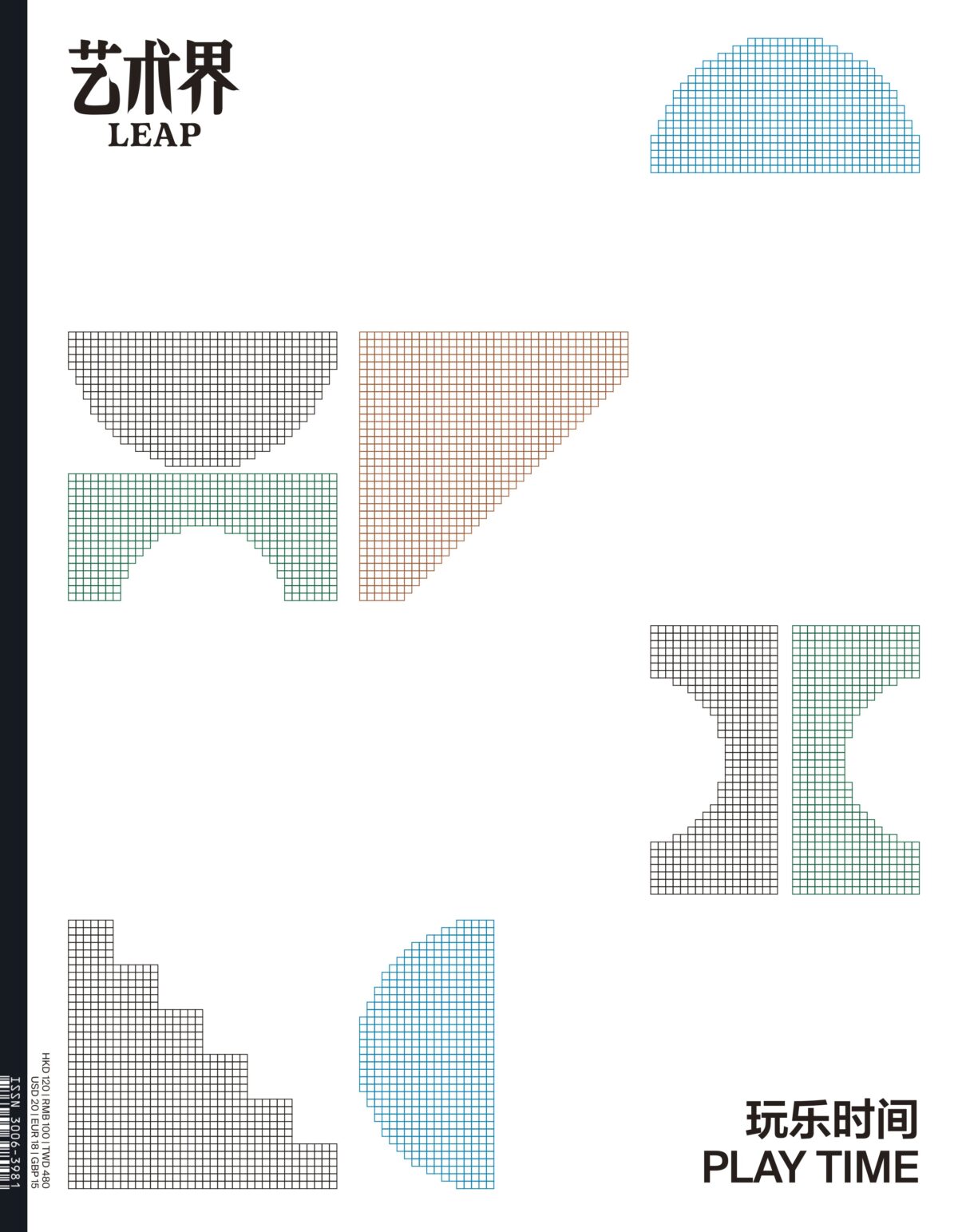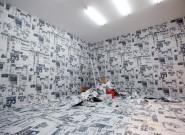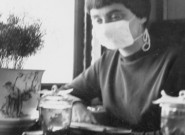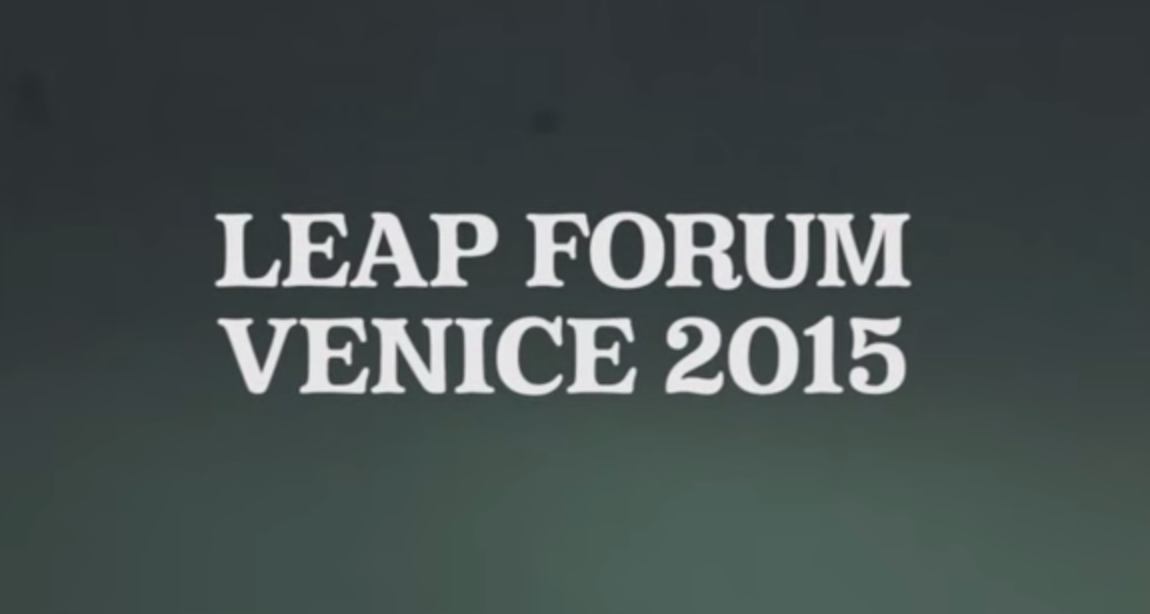This is a real back garden, a place of exile, a place to seek refuge, a place for the recluse. Here is a living, breathing specimen of history and nature— on this piece of land, a complex mixture of past and present, a Naxi Village where a movement in words and language is now taking…
Read MoreThe process of urbanization and the expansion of cities have created economic and physical spaces where urban and rural characteristics mingle together. Various land uses and administrative systems come together at what is known as the urban-rural fringe. In fact, we (the Urban Rural Fringe Group) are not concerned with the aesthetic, political, and everyday…
Read MoreARTISTIC PRODUCTION IN THE POST-HISTORY AGE: HOW IS ART POSSIBLE AMIDST THE SOCIAL REALITIES OF TODAY? DATE: 8.23-25 VENUE: Guangdong Times Museum PARTICIPATING ARTISTS: Duan Jianyu, He An, Collin Chinnery, Wang Wei, Wang Yin, Zhang Hui, Zan Jbai, Zhu Yu OBSERVER: Zheng Hongbin “Pulse Reaction—An Exchange Project on Art Practice” at Guangdong Times Museum aims…
Read MoreSince giving up the expressionist flairs of academic painting 15 years ago, Liu Wei’s art has evolved. Regardless of subject matter or theme, the mediums used in his work, or the topic he chooses— whether the alienation of individuals or the empathetic identification with others— his art expresses the suppression of individualism and the emergence…
Read MoreCompared to his “Cola Project” and “Man on the Chairs,” He Xiangyu’s newest solo exhibition presents the persona of a big kid born in 1986: one who loves collecting objets d’art but does not feel obligated toward historical cultural heritage; one who is not a bit serious but rather carefree; and one who shows aptitude…
Read MoreAfter the success of “Super-Organism,” the Central Academy of Fine Arts Museum (CAFAM) organized “Sub-Phenomena—Report on the State of Chinese Young Art.” Mounting such an exhibition at this time reflects the awareness of the curators in the face of changes and trends in the current context of the art industry. Considering recent actions and discussions…
Read More“Kunshan—Under Construction,” an intervention-style research project marrying art and society, began in 2010. The project observes and investigates China’s New Countryside program of rural construction. The specific locale of the project is Kunshan New Village in Chengdu’s Shuangliu county.1 The multidimensional, integrated art intervention project has included field research, on-site creative projects, short-term themed workshops,…
Read MoreIt was on Saturday, August 25 that I set out to see the 18th Biennale of Sydney, “All Our Relations.” Coincidentally the day was to be shared with the passing of the first man to walk on the moon, Neil Armstrong. Though obviously unrelated, the fact remained present in my mind as I traversed the…
Read MoreAs a rural reconstruction project, the “Bishan Project” has major problems accessing funding. As can be seen from our current resources, going through art projects seems to be the best way to alleviate this problem. I curated the 2011 Chengdu Biennale, and so the Bishan Harvestival joined as part of it, and this way I…
Read MoreMy hometown is near Putian, Fujian. The village is a little bit like an island: past the Mulanxi river, in the hills, surrounded by mountains. Because the village is in the foothills, there are no fields for farming. It is over 30 kilometers from the sea, so fishing isn’t convenient either. The villagers live off…
Read MoreThis farmhouse is similar in size to those around it. Its foundation rests on a space of about 10 by 30 meters and sits squarely in front of a field. The outer surface is neatly lined with red bricks, interrupted by evenly spaced openings in the shape of small crosses, standing out among the other…
Read MoreJOSH KLINE To the keen eye of a New Yorker, Josh Kline’s work seems very “New York,” but not disdainfully so. Rather, through minimal sculptural works inspired by the aesthetics of the mass-market commodity, Kline highlights and pulls from the idiosyncratic blend of desperation, celebrity, and soul-suckingness that defines what it means to live and…
Read MoreTHE CALL OF HOME The cover feature of this issue of LEAP, “The Call of Home,” examines China’s countryside from the angle of artistic practice and purposely avoids making the countryside simply an object of longing and homesickness. Instead, it identifies the countryside as an entity that is unable to fit into modernity and its…
Read More
